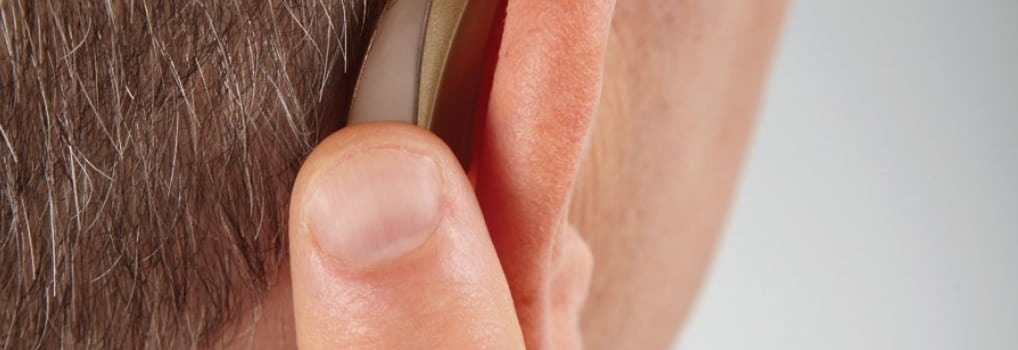Noise Induced Hearing Loss (NIHL) is not the only cause of work-related hearing loss. A recent article written by Stefan Dubowski, published in COS magazine, is shedding light on how exposure to certain chemicals, known as Ototoxic chemicals can cause hearing loss, as well. This is referred to as Chemical Induced Hearing Loss (CIHL).
Ototoxic Chemicals
Ototoxic chemicals can affect the auditory vestibular nerve, which transmits sound and balances information to the brain. They can harm the auditory cortex as well, the part of the brain that processes sound. And because the inner ear is also part of the body’s balance control center, ototoxicity can result in disturbances to the balance sense, as well. Damage from the various types of ototoxic substances can result in different types of hearing difficulties such as:- Hearing loss
- Tinnitus (permanent ringing in the ear)
- Difficulty with comprehension of spoken phrase
- Exacerbation of the effects of noise induced hearing loss
Ototoxic solvents include such common workplace chemicals as:
- Styrene
- Toluene
- Xylene
The Research
A study the articles references, conducted by researchers from the University of Queensland in Australia, found that members of the Australian Defense Force who were exposed to four or more ototoxic substances were two to four times more likely to experience moderate or severe tinnitus (ringing of the ears) compared to members of the force who were less exposed to the hazardous materials. Another recent study has found that exposure to styrene-a material used to make plastic containers and metal products may also harm people’s comprehension of spoken phrases. Some other substances that may contribute to ototoxicity include ethyl benzene, n-hexane, and carbon monoxide. Unfortunately, it can be difficult to prove that an individual’s hearing loss resulted from ototoxic exposure, especially when exposure to the substance coincided with exposure to noise. Since some chemicals work synergistically with noise to exacerbate hearing loss, it isn’t easy to tell how much of the damage resulted from the noise, and how much from ototoxicity. However, researcher Thais Morata, member of the hearing loss prevention team at the National Institute for Occupational Safety and Health (NIOSH) in the United States, says “The harmful effects of ototoxicity can appear 2 to 3 years earlier than what is usually seen with noise exposure,” but she adds, “the onset, site, mechanism and extent of ototoxic damage from these toxicants vary according to risk factors that include the type of chemical, interactions, and exposure level.”Possible Solutions
Researchers are working to strengthen evidence of the connection between hearing loss and exposure to ototoxic substances. The good news is that the CSA is working on a new standard (CSA Z1007) that identifies ototoxicity as a potential hazard and includes information for anyone whose job involves exposure to ototoxic substances and noise. The draft of the standard says managers in such workplaces should submit employees to hearing tests at least twice per year. It also recommends the right PPE for reducing the exposure but PPE’s should only be used when the noise or chemical source can’t be reduced to safe levels. It should be noted that in addition to ototoxic workplace chemicals, there are also a number of ototoxic medications that can cause hearing loss and/or tinnitus (ringing in the ear), such as ibuprofen and naproxen, at higher doses. These effects are usually reversible.What you can do
- Understand what chemicals are in your work place. An industrial hygiene report is the starting point.
- Understand the risk. Fortunately, there is a significant amount of information available online on both ototoxic workplace chemicals and medications. (http://www.hlaabq.com/ototoxicdrugs.html) (http://www.workplaceintegra.com/hearing-articles/Ototoxics-in-Workplace.html)
- Eliminate the hazardous chemical altogether, if possible.
- Encourage workers to take a proactive role in their hearing health. Advising workers to see a Doctor if they suspect a hearing problem, whether your organization provides the service or not.
- Provide regular hearing testing and education for your workers. If you have exposure to ototoxic chemicals, tell your hearing testing provider.
